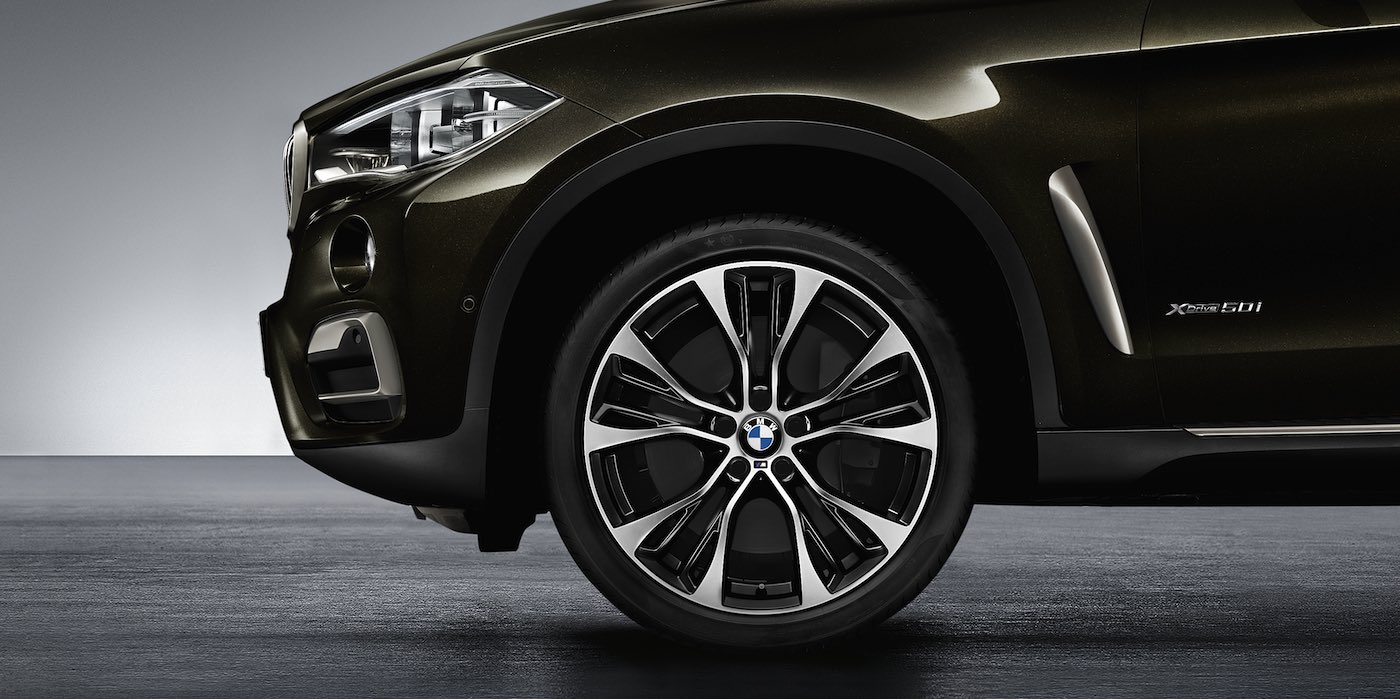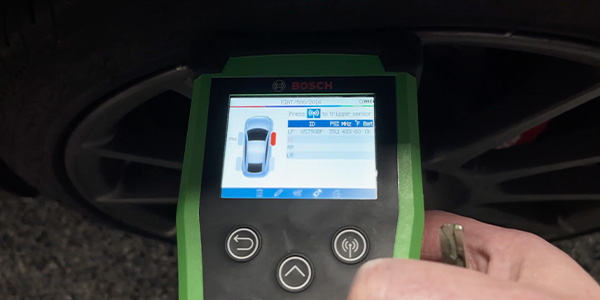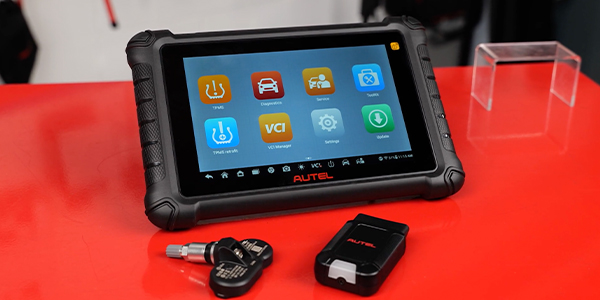You really want to consider three things: the product(s) you want to offer, the service(s) you want to provide, and depending on the answers to those two questions, your brand positioning in the market.
Let’s dive into these!
The Products You Offer
Most customers probably don’t know one TPMS brand from another. They probably don’t care which sensor you use. What they do care about is if they’re going to drive away and have the TPMS light turn on again soon because of a faulty product or service. This will cost them another visit to your shop.
Do you want to offer a premium product or value-type offering – or both? Providing the option might make sense depending on your target customer. Since TPMS is installed in most vehicles these days, having a range of options can help fit different customer situations. For example, differentiate between someone with an older vehicle that they don’t plan to have for the long term vs. someone with a newer vehicle who is more willing to invest in better quality parts. These are two very different customers with different goals. Decide what makes sense for your market and the customers that come into your shop daily.
The Services You Provide
Similar to how you decide which product to offer, you also have a lot of options when it comes to TPMS service and whether you want to offer different levels. You can also coordinate the option levels with different products. Are you offering one all-inclusive premium service, or do you want to give your customers the option of a more affordable service option as well? A premium service could include:
Initial diagnostics and DTC report print-out;
Performing relearn procedures;
Changing out all service kits to prevent slow air leaks.
You can also get creative and consider discounts for changing all 4 (or 5) sensors when one low sensor battery is present.
Your Brand Positioning
As with most pricing and charging decisions, it all starts with answering a few basic branding questions about who your target customers are, what kind of reputation you want in the market and what your competition is up to. It ends with discovering what kind of returns you want or need from your TPMS program.














